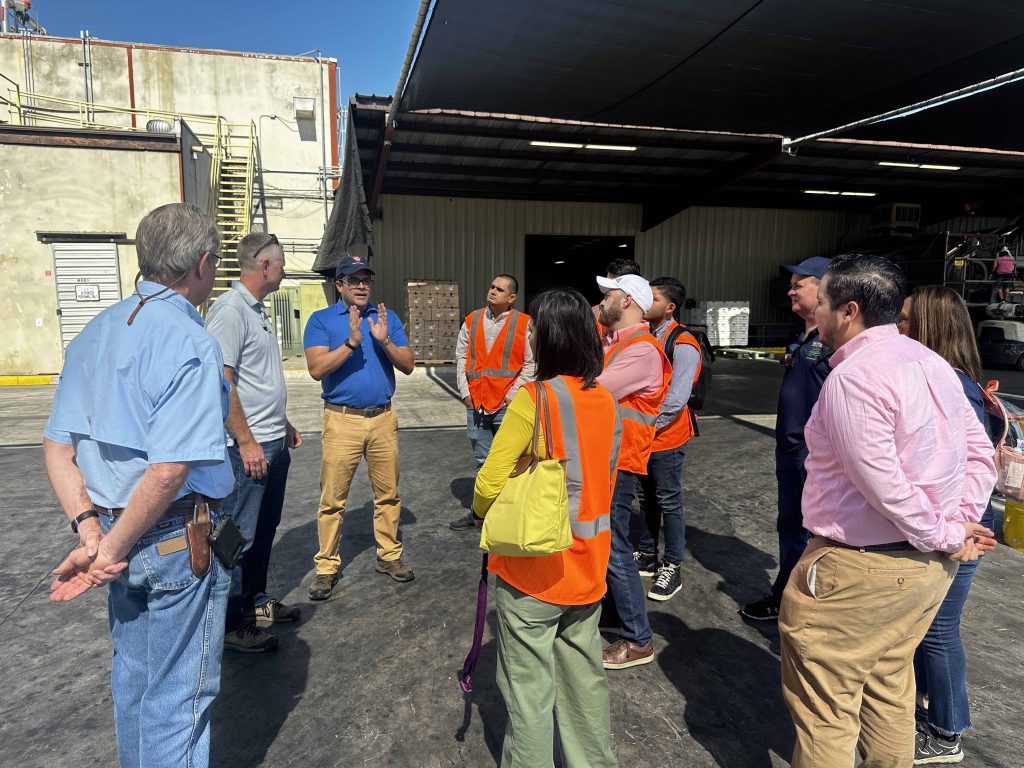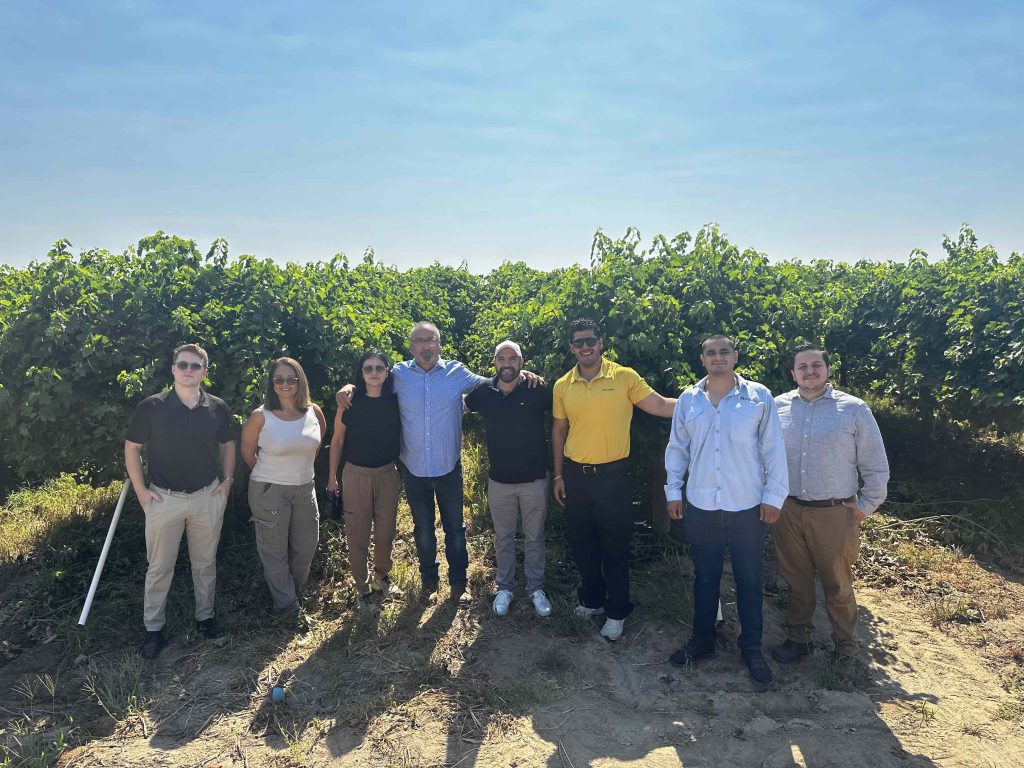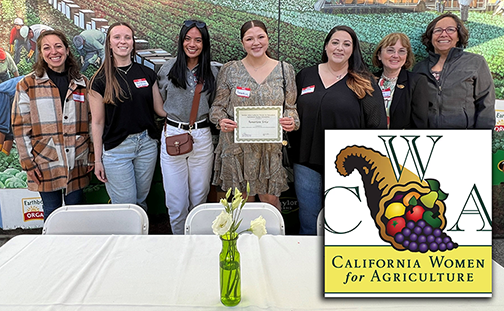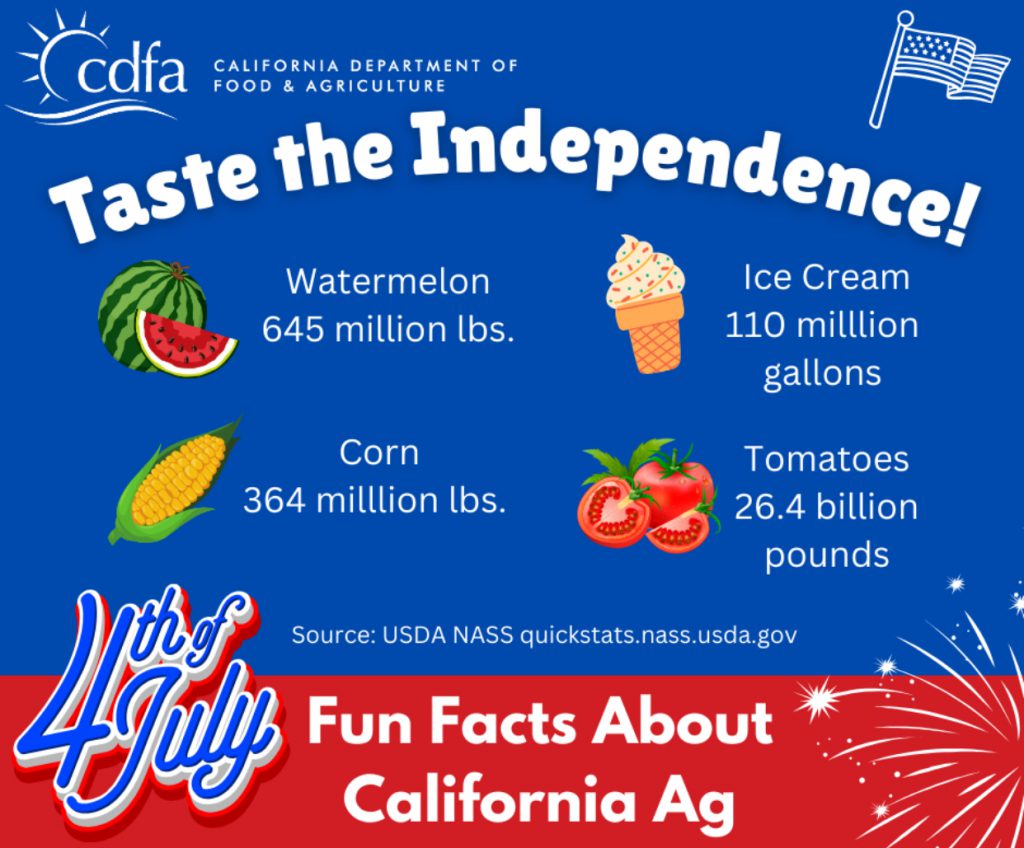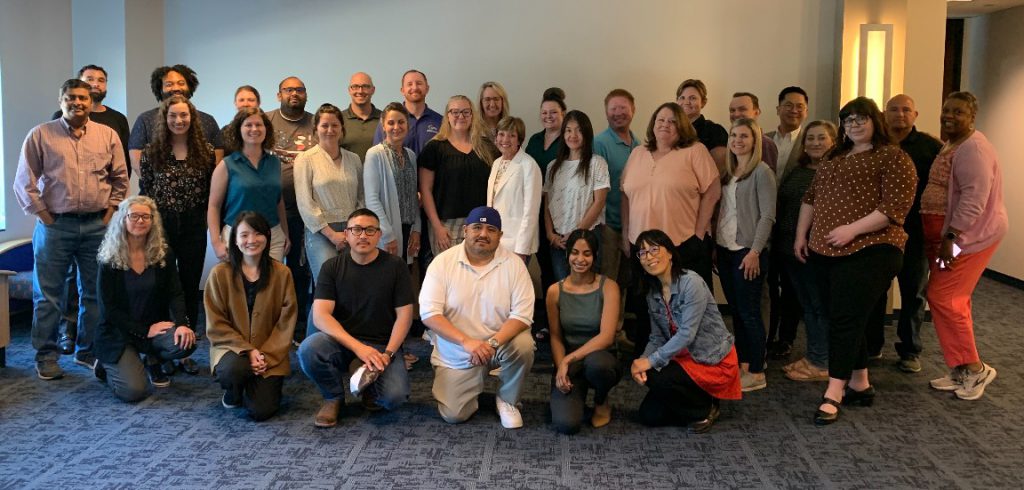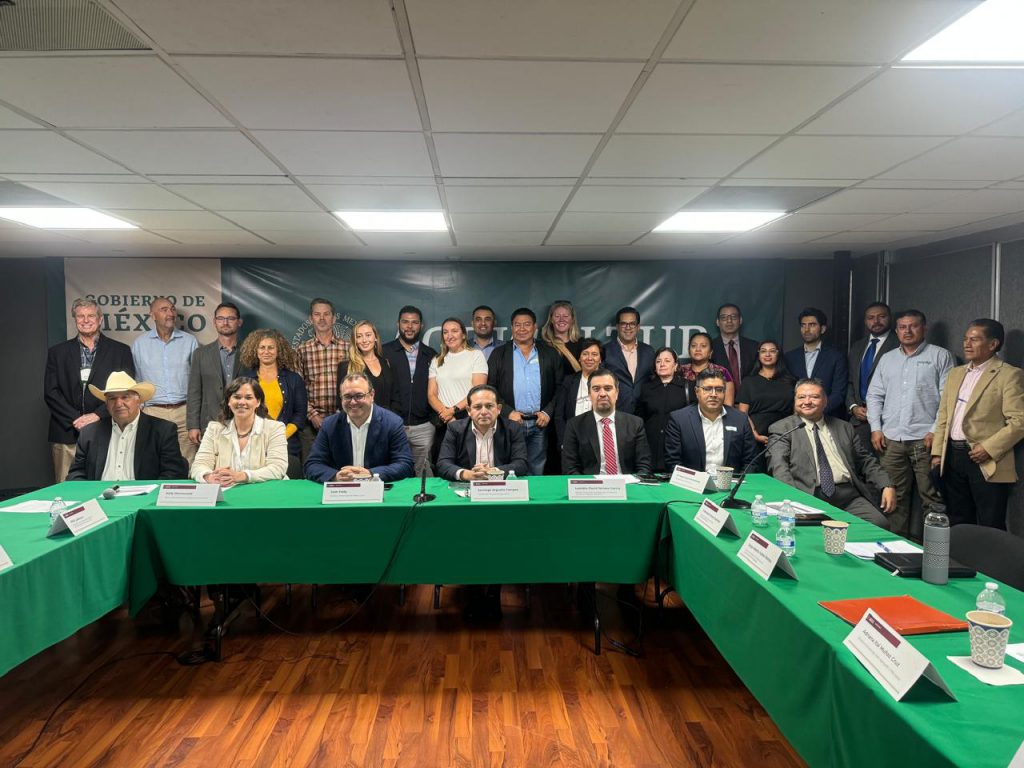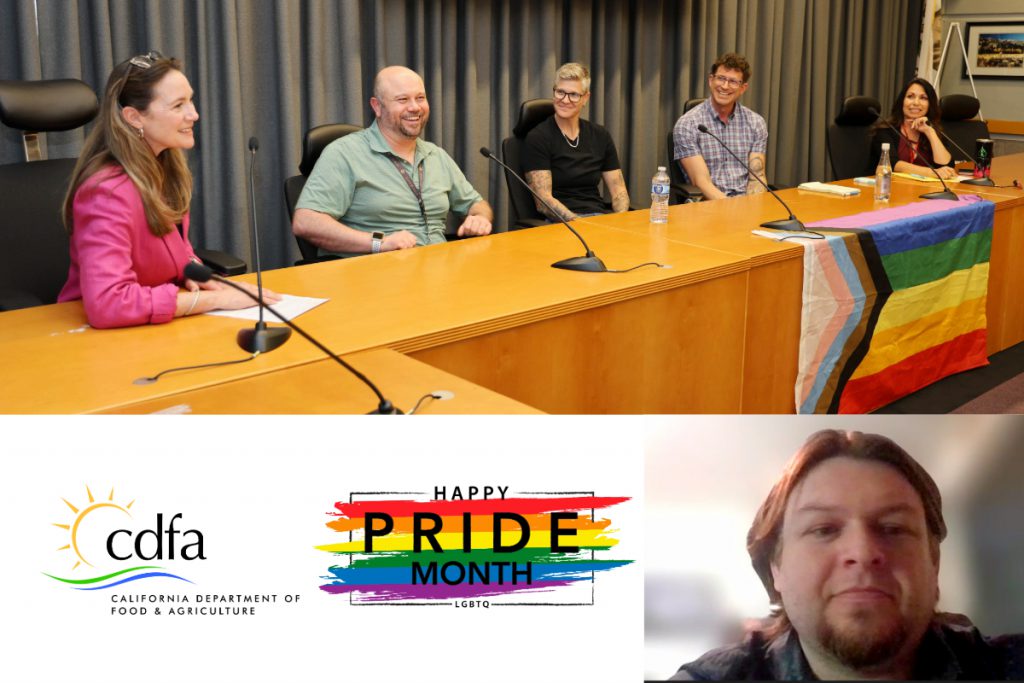California Governor Gavin Newsom has signed the 2024-25 state budget, which closes a General Fund shortfall of $46.8 billion through a balanced package of solutions, including spending reductions of $16 billion that maintain investments in core programs
As outlined in the agreement announced by the Governor and legislative leaders, the legislation signed by Governor Newsom balances the budget in both 2024-25 and 2025-26, and it preserves budget resilience by maintaining $22.2 billion in total reserves at the end of the 2024-25 fiscal year.
Budget Year Funding
The budget includes $690 million for California Department of Food and Agriculture (CDFA) programs between baseline funding for core programs and new funding for the following projects:
Blythe Border Protection Station Construction Project: The budget includes $99.5 million for the construction phase of the Blythe Border Protection Station project. This project will replace the existing station that was constructed in 1958, which is inadequate for current traffic flow. The new facility will allow CDFA to inspect additional commercial and private vehicles to better protect California from invasive species.
Emergency Invasive Fruit Fly Response: The budget includes $25 million for CDFA’s response to a historic outbreak of invasive fruit flies. There are typically 75 detections per year in seven counties. In calendar year 2023 there were 948 detections in 15 counties, which led to 68 delimitation projects and seven active quarantines. In the calendar year 2024, there have been 30 new detections in 4 counties, which led to 8 delimitation projects. Without CDFA’s continued response to new finds, multiple species of invasive fruit flies have a high likelihood of becoming established in California, which would significantly impact the state’s natural and working landscape and impact California agriculture’s ability to export products.
Protected One-Time Funding
The budget protects $183.1 million of one-time general fund appropriations for CDFA. These include:
Relief for Small Farmers: The budget preserves $17.9 million for this program, which provides socially disadvantaged, small-scale and medium-scale producers with financial relief from severe weather-related damages.
Farm to School (F2S) Grant Program: The budget preserves $60 million for this program providing grants that support innovative local and regional F2S projects. Funded projects promote innovation in nutrition education, sustainable production and procurement, and a high-quality student experience.
State Water Efficiency and Enhancement Grant Program: The budget preserves $20.6 through a shift of funding to the Greenhouse Gas Reduction Fund (GGRF) in FY 2026-27. This program provides financial assistance in the form of grants to implement irrigation systems that reduce greenhouse gases and save water in California agricultural operations.
Farm to Community Food Hubs Grant Program: The budget includes $15 million in funding for Food Hubs. These incentivize public-serving entities that serve as supply chain intermediaries for local and regional farms.
California Nutrition Incentive Program (CNIP): The budget preserves $35 million for this program encouraging the purchase and consumption of healthy, California-grown fresh fruits, vegetables, and nuts by nutrition benefit clients.
Livestock Methane Reduction: The budget preserves $24 million for this program by fund shifting from the general fund to the greenhouse gas reduction fund. The budget includes $17 million GGRF in 2024-25 and $7 million in FY 2025-26. These funds are used for CDFA’s Dairy Digester Research and Development Program and its Alternative Manure Management Program.
Reductions
The budget includes $29.4 million in one-time reductions for CDFA including:
Technical Assistance Program for Underserved Farmers: This program funds non-profit organizations, resource conservation districts, Tribal Governments, and County Agricultural Commissioners to assist farmers and ranchers with applications for various drought and emergency relief programs. The budget includes a reduction of $200,000, which is the remaining balance from the original $2.7 million appropriation.
Fairground and Community Resilience Centers Grant Program: This program focuses on improving both local fairground and other community facilities to enhance the state’s preparedness capabilities, particularly in response to climate change. The Budget Act includes a reduction of $2.1 million from this program, which is the entire remaining grant award balance from an original appropriation of $150 million.
Pollinator Habitat Grant Program: This program provides grant funding for the establishment of pollinator habitat on agricultural land throughout California. The budget includes a reduction of $445,000 from this program.
Water Efficiency Technical Assistance: This program facilitates technical assistance to agricultural operations for on-farm water use efficiency and nutrition management. The budget includes a reduction of $6.9 million from this program, which is the remaining balance from the original $15 million appropriation.
Enteric Methane Emission Reduction Program: The budget includes a reduction of $23 million to the Enteric Methane Emission Reduction Program. This program incentivizes the voluntary use of products or strategies that are scientifically proven and safe for enteric emission reductions in the state’s livestock sectors.
Healthy Refrigeration Grant Program: The budget includes a reduction of $8.5 million to the Healthy Refrigeration Grant Program, which funds energy efficient refrigeration units in corner stores, small businesses, and food donation programs in low-income or low-access areas throughout the state.
